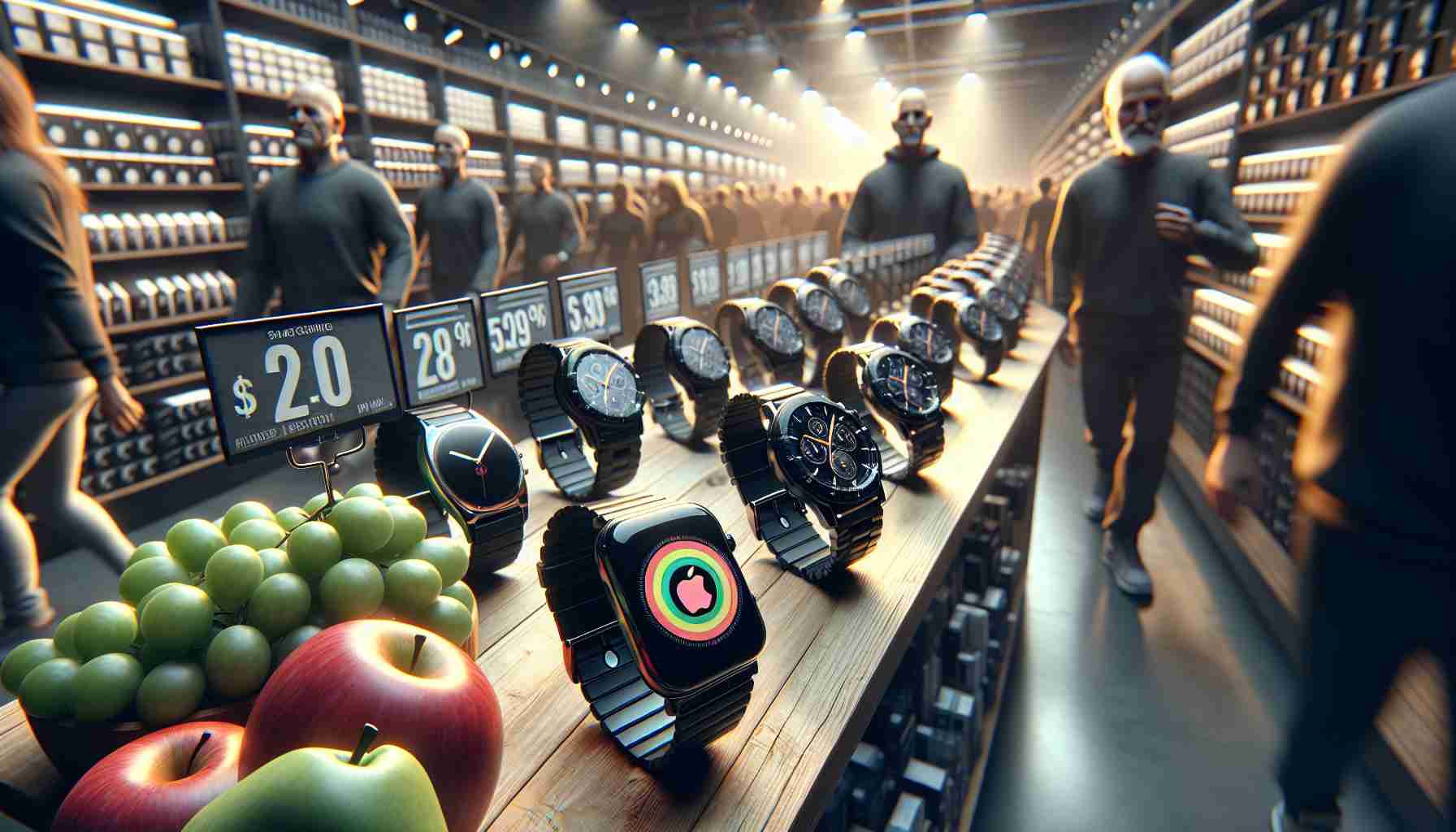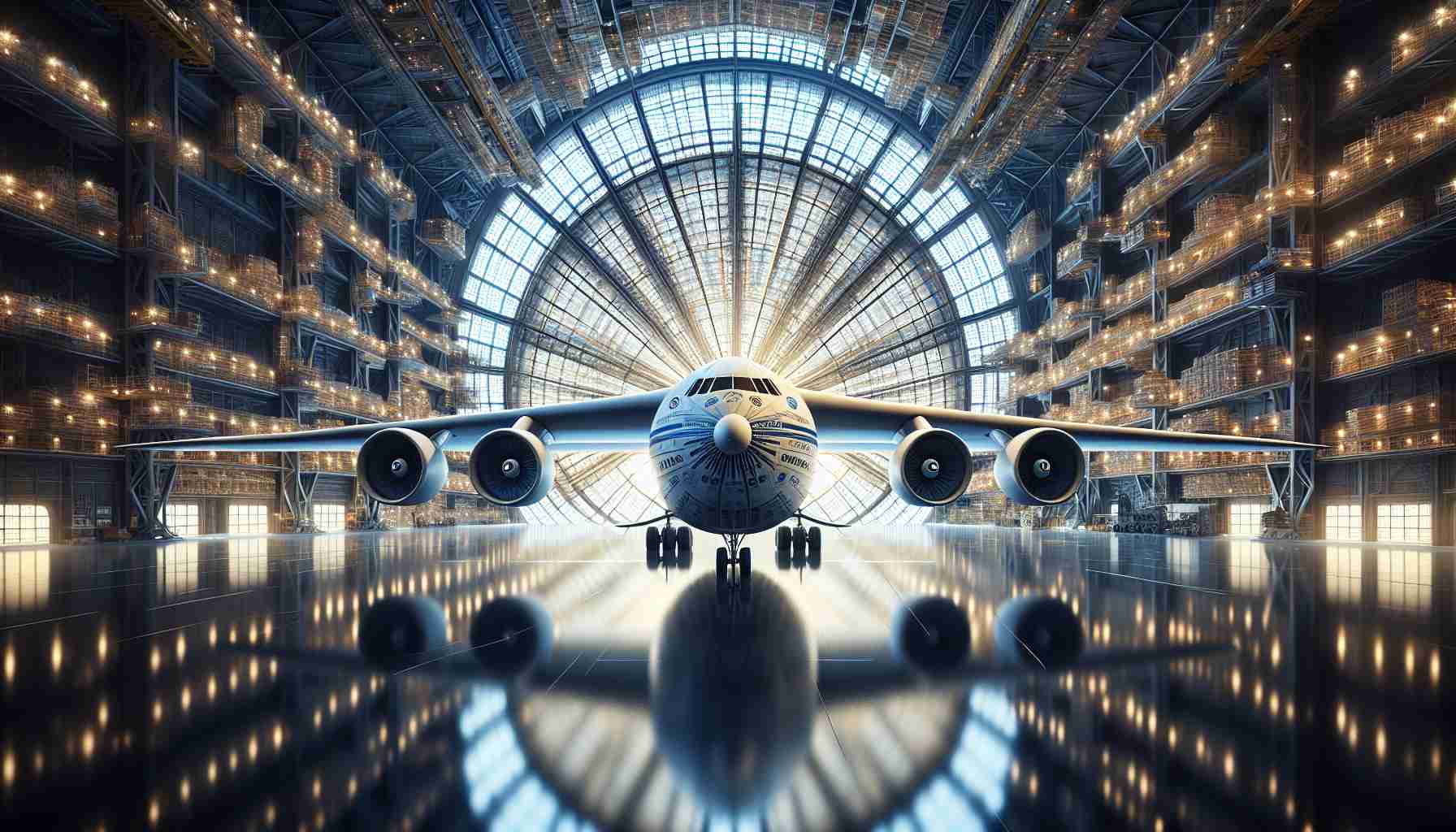Green Innovation Unveiled at Dutch Design Week 2024
At the heart of this year’s Dutch Design Week, a groundbreaking innovation shone: a discarded wind turbine nacelle transformed into a fully functional tiny house. This surprising fusion of sustainability and design is the brainchild of Superuse and Vattenfall, who have taken the top part of a wind turbine, known as a nacelle, and converted it into a compact living space, showcased in Eindhoven from October 19th to 27th, 2024.
A Sustainable Marvel
The nacelle was sourced from a Vestas V80 wind turbine, which had served in Austria for nearly two decades. Thanks to collaboration with the Dutch company Business in Wind, this piece of machinery began a new chapter as an eco-friendly abode, boasting power generation from four solar panels delivering up to 1,800 watts. The setup is smartly designed to maintain power even if issues arise with individual panels, ensuring a steady energy supply.
Design and Comfort Combined
Named “Nestle,” this innovative home features a stylish interior complete with a kitchen, bathroom, and living area. The design employs natural wood elements to create a warm and inviting atmosphere. Essential modern comforts like a heat pump and solar boiler provide efficient heating and hot water. Moreover, an advanced ventilation system keeps the air fresh, while impressive insulation and triple-glazed windows maintain coziness in any climate.
Vision for the Future
Superuse and Vattenfall foresee this concept as a viable alternative for repurposing wind turbines. By minimizing processing and emissions, these tiny homes offer a sustainable blueprint for living that harnesses the potential of materials often overlooked in recycling efforts.
The Future of Tiny Homes Through Discarded Wind Turbines
The concept of transforming discarded wind turbines into tiny homes signifies a pivotal innovation in sustainable living. While the idea is still emerging, it poses intriguing questions and comes with its own set of challenges and benefits. Here are some essential insights into why repurposing wind turbine components like nacelles is a promising avenue for future housing solutions.
Why Are Discarded Wind Turbines an Innovative Housing Option?
1. Resource Efficient: Wind turbines are predominantly constructed from durable materials like steel, fiberglass, and aluminum, which are perfect for constructing resilient homes. By reusing these materials, we drastically reduce waste and resource consumption compared to building homes from scratch.
2. Environmental Impact: By refashioning turbine components, we not only save these massive structures from ending up in landfills but also lower emissions linked to traditional housing construction.
Key Challenges and Controversies
While the idea is compelling, several challenges need addressing:
1. Technical Modifications: Adapting nacelles into habitable spaces requires significant design alterations. The conversion process must include heating, insulation, plumbing, and robust electrical systems, all while ensuring structural safety.
2. Economic Viability: Although using discarded materials cuts cost initially, the transformation process can be expensive. Ensuring affordability while maintaining quality is crucial.
3. Regulatory Hurdles: Building codes and zoning laws may pose obstacles. Not all jurisdictions recognize alternative housing solutions like repurposed nacelles as legitimate living spaces.
Advantages
1. Sustainability: These tiny homes highlight sustainable construction practices by promoting upcycling and reducing landfill waste.
2. Innovation in Minimalist Living: By offering compact living solutions, these homes could appeal to those embracing minimalist lifestyles or seeking affordable housing alternatives.
3. Renewable Energy Integration: Equipped with solar panels and energy-efficient systems, these homes embody self-sufficiency and reduce reliance on traditional energy sources.
Disadvantages
1. Space Limitations: Tiny homes have inherent space constraints that may not suit everyone’s needs, particularly families or those requiring ample workspace.
2. Durability and Maintenance: Designing a stable and long-lasting structure from a recycled turbine demands rigorous maintenance practices to prevent wear over time.
3. Market Reception: The appeal of living in a repurposed wind turbine is subjective; widespread acceptance may depend on cultural attitudes towards unconventional housing.
Future Prospects and Expansion
The initial success of this concept at events like Dutch Design Week could spur further interest and potential scale-up globally. If economic and regulatory challenges are addressed, we might see former nacelles as cost-effective, eco-friendly housing solutions worldwide.
For more innovations in sustainable technology, visit Vattenfall and Superuse. Reach out to entities like Business in Wind for insights into sustainable industry practices.
























